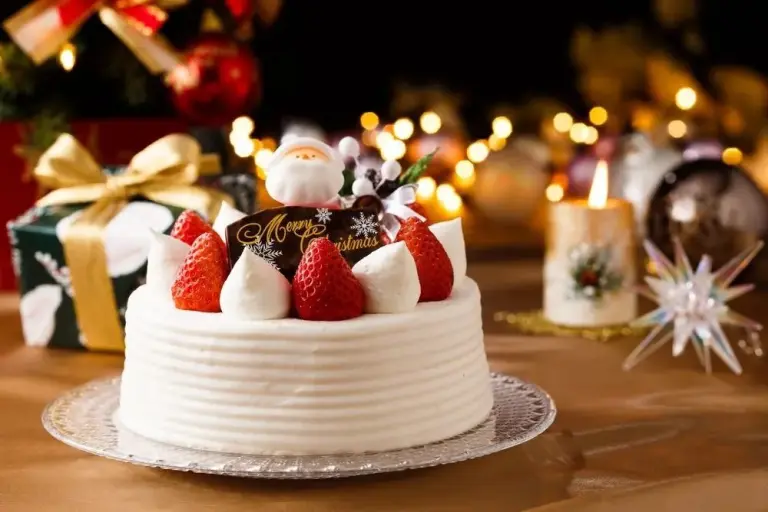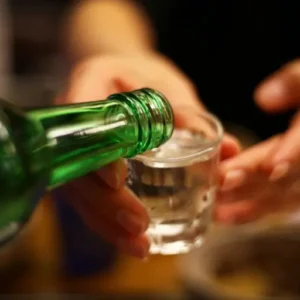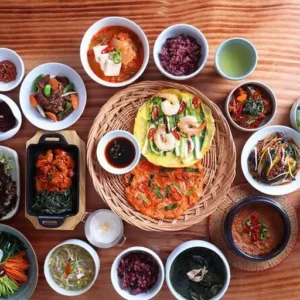In a quiet Spanish village tucked in the hills of northern Castile, a surreal scene unfolds each summer that leaves even the most seasoned travelers wide-eyed with wonder. Picture this: babies laid gently on mattresses in the street, surrounded by proud parents and cheering locals. Suddenly, a man dressed as a devil leaps over the infants, soaring through the air in a flash of red and yellow.
No, this isn’t a dream — it’s El Colacho, one of the world’s most bizarre, ancient, and unforgettable festivals, held every year in the small village of Castrillo de Murcia, Spain. And yes — it involves jumping over real babies.
What Is El Colacho? Understanding the Baby Jumping Festival in Spain
El Colacho, or the Baby Jumping Festival, dates back to 1620 and is part of the Catholic festival of Corpus Christi. It’s a blend of religious tradition, local folklore, and theatrical spectacle. The star of the show? A figure called El Colacho, a man dressed in a devilish red and yellow costume, representing evil and sin.
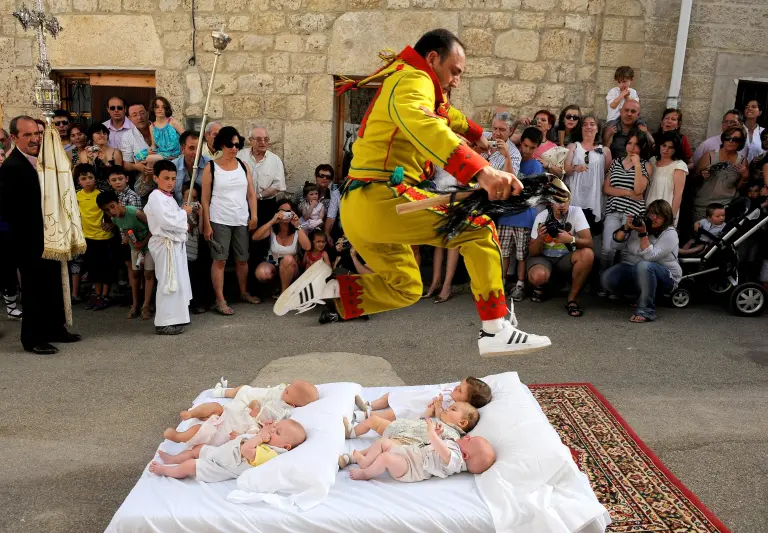
Each year, babies born in the previous 12 months are laid on mattresses along the village’s main street. As El Colacho runs and leaps over them, it’s believed that the act cleanses the infants of original sin, wards off evil spirits, and blesses them with protection and good health.
>> Baby-tossing: The breathtaking ritual that turns faith into flight
Where and When Does El Colacho Take Place?
El Colacho is held annually in Castrillo de Murcia, a small village in the province of Burgos, northern Spain. The festival takes place during Corpus Christi, which usually falls in late May or early June, depending on the Catholic calendar.
The event is hosted by a local religious brotherhood called the Brotherhood of the Blessed Sacrament of Minerva, who have preserved this bizarre but beloved tradition for over four centuries.
Though Castrillo de Murcia is home to only a few hundred residents, thousands of visitors now travel from across the world each year to witness — and sometimes participate in — this strange yet fascinating spectacle.
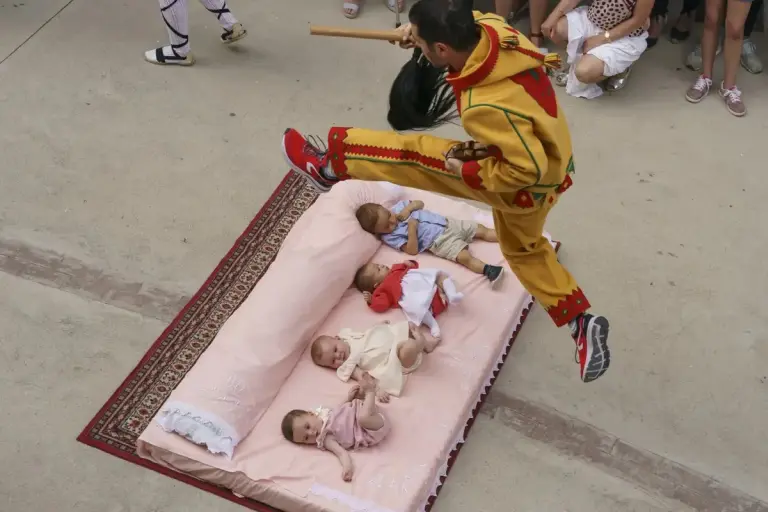
What Happens During the Festival? A Step-by-Step Look at El Colacho
1. The Devil Appears
The festival begins with El Colacho, a masked man in a harlequin-like costume representing the devil, running through the streets with a whip and oversized castanets, jumping and scaring locals — especially children. He’s meant to symbolize chaos and evil.
2. The Procession
As the town prepares for the main event, religious processions begin, with solemn hymns, traditional dress, and symbolic rituals marking the sacred nature of the festival. It’s a fascinating contrast to the devilish antics.
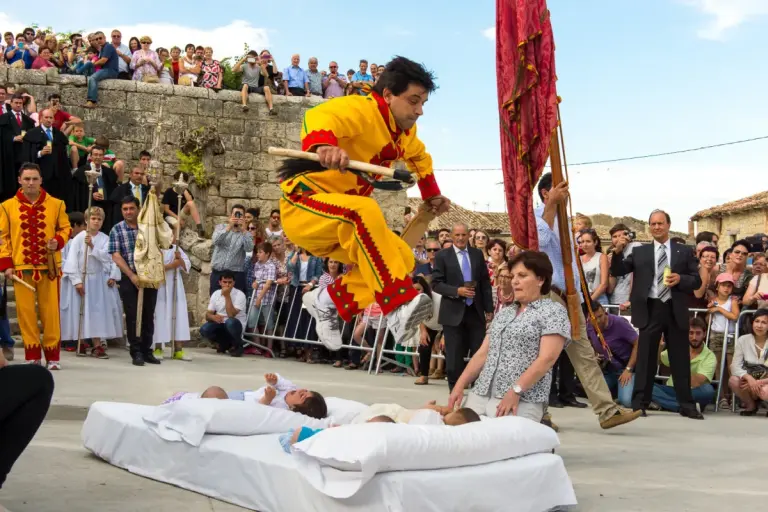
3. The Baby Jumping
In the afternoon, the babies are carefully laid on mattresses outside their family homes. When the signal is given, El Colacho sprints down the street, leaping over the rows of infants — an act that, for locals, is both thrilling and deeply spiritual. The crowd erupts in cheers as the ritual cleansing is completed.
4. Celebration and Feast
After the jumps, the village erupts into music, dancing, and feasting. Locals and tourists alike enjoy regional dishes like lechazo asado (roast lamb), local wines, and churros. It’s a time of joy, unity, and pride.
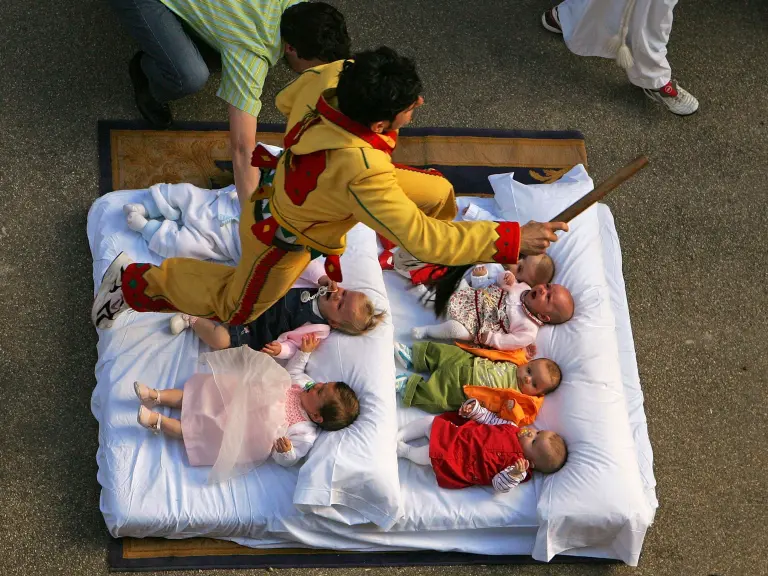
Why Do People Travel to See El Colacho?
While El Colacho may sound strange, for many travelers it’s a once-in-a-lifetime chance to witness living folklore in its purest form — untouched by commercialization, deeply rooted in tradition, and shockingly theatrical.
For photographers, it’s gold. For culture lovers, it’s unforgettable. And for curious adventurers, El Colacho is the ultimate “you had to be there” experience.
“It was the most surreal and beautiful thing I’ve ever seen,” says one traveler. “You feel like you’ve stepped into another world — where devils fly, babies are blessed, and everyone dances together afterward like family.”
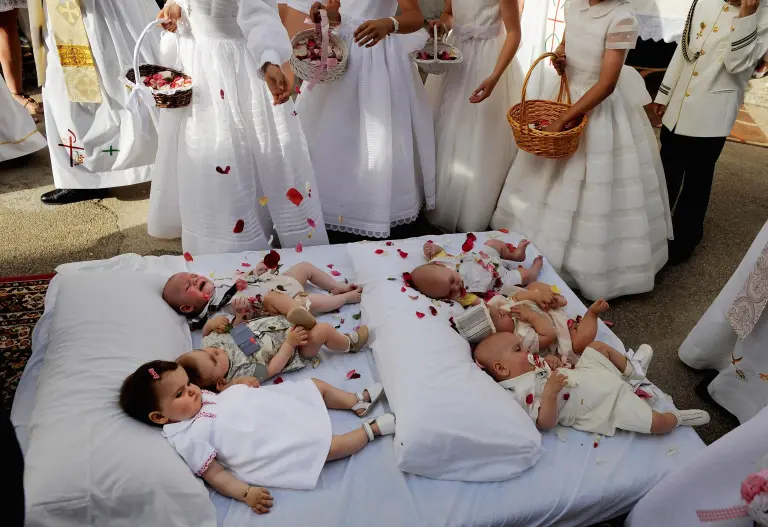
>> Self-Mummification: The sacred journey beyond death you’ve never heard of
Is El Colacho Safe?
Understandably, many outsiders wonder about the safety of the babies. But local families are proud of this tradition and insist it’s done with the utmost care. The babies are never touched, the jumpers are highly practiced, and no injuries have been recorded in modern times.
Participation is always voluntary, and families often wait months for their babies to be part of the ritual. For them, it’s a powerful act of faith and protection.
How to Attend El Colacho: Travel Tips for First-Timers
- When to Go: Plan to be in Castrillo de Murcia during Corpus Christi week (May–June). Check the Catholic calendar and local listings.
- How to Get There: The nearest major city is Burgos. From there, rent a car or take local transport to reach the village.
- Where to Stay: Accommodations are limited, so book early in nearby towns like Sasamón or Burgos city.
- What to Bring: Camera, sunscreen, respectful attire, and an open mind.
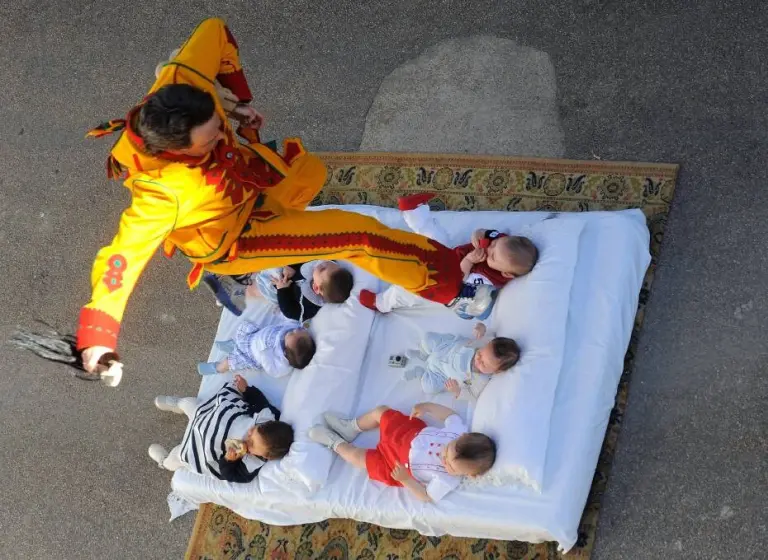
El Colacho – A Leap of Faith, Culture, and Pure Fascination
There are festivals around the world that amaze, but few astonish quite like El Colacho. It’s more than a photo opportunity or travel story — it’s a window into Spain’s rich, complex, and fearless cultural soul.
Whether you’re a cultural traveler, a curious adventurer, or someone searching for the world’s most unusual traditions, El Colacho is calling you — with the sound of drums, the flash of red, and a leap over innocence into something timeless.
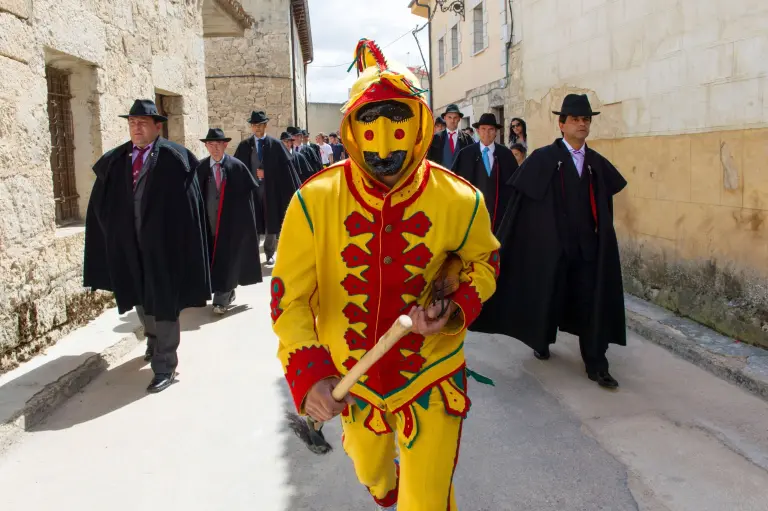
So go.
Stand on those cobblestone streets.
And watch as tradition takes flight — literally.
Discover more interesting world cultures for you to have interesting journeys. We always accompany you.


